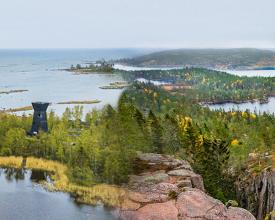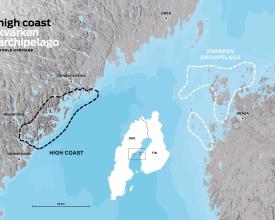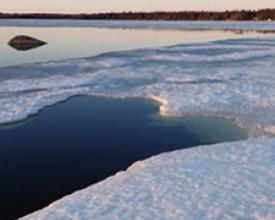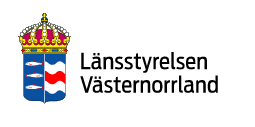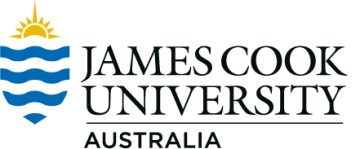
Assessing the Climate of the World Heritage site of High Coast (Sweden)/Kvarken Archipelago (Finland)
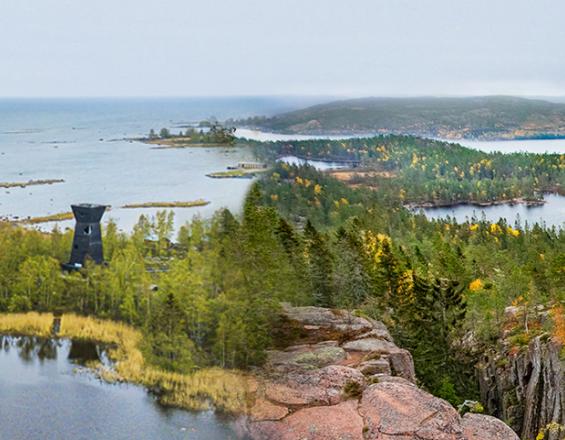
County Administrative Board of Västernorrland and Metsähallitus Parks & Wildlife, managers of the High Coast/Kvarken Archipelago World Heritage site conducted a climate vulnerability assessment using the methodology of the Climate Vulnerability Index (CVI). The assessment allowed to better understand the Outstanding Universal Value and the attributes of the site and identify factors affecting the heritage place.
The CVI study was done in parallel to the preparation of the management plan to reflect on how to deal with climate change at the site level. The methodology has provided a better understanding for how climate change will affect the site and which climate stressors will have the greatest impact.
The main activity of the process was a workshop with a wide range of actors - from climate and heritage specialists to regional and municipal authorities and local communities.
The outcome of the study allowed to better integrate climate change in the management planning of the property and build alliances across sectors.
Impacts
The process led to a deeper understanding of the values and attributes of the site which were systematically recorded. This turned out to be of great importance for the management plan and to describe the current state of conservation of the site. The workshop’s results also helped formulate focus areas for the management plan, and now there is an understanding of which actions needs to be prioritized.
The CVI analysis showed that the OUV vulnerability to climate change is moderate in High Coast/Kvarken Archipelago and the key climate stressors are temperature and precipitation trends as well as less sea ice cover in the winters. Restoration of habitats and run off water management are examples of actions that can be taken to mitigate the effects of climate changes.
The exercise turned out to be of great importance to both the management plan and the completion of the Periodic Reporting exercise.

